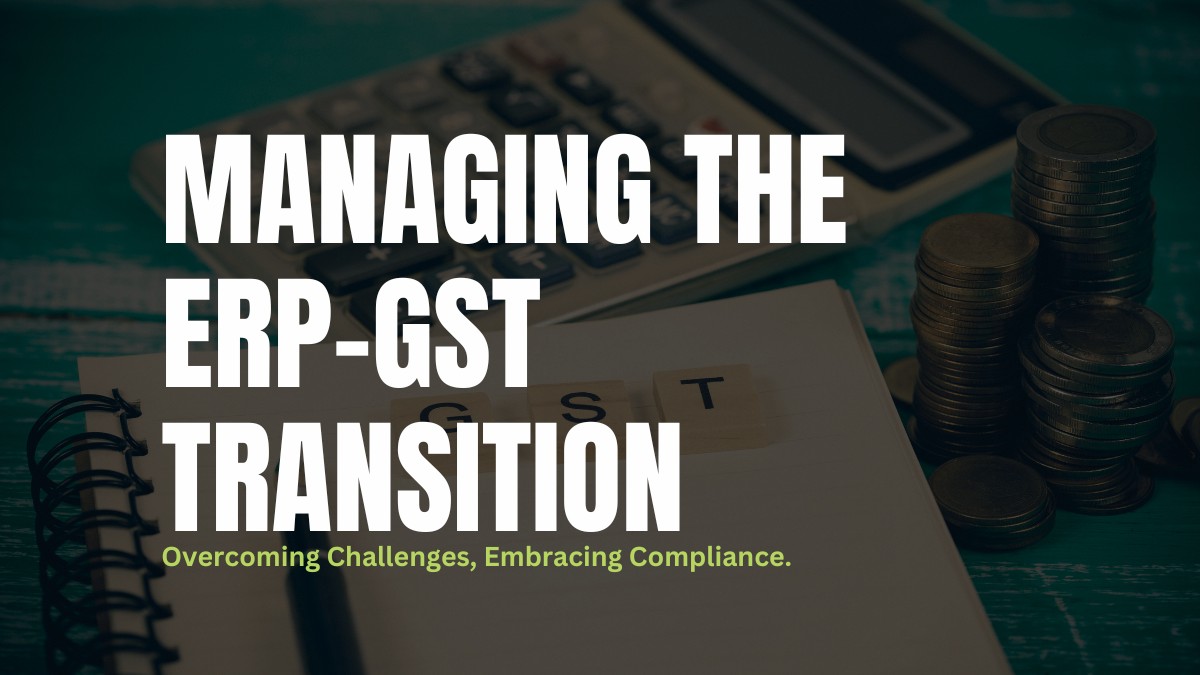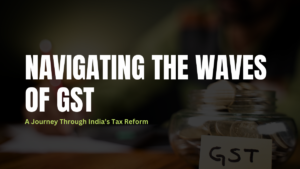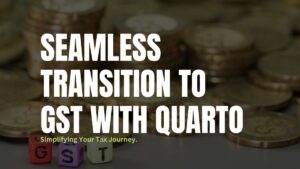The challenges of ERP users in migrating to GST (Goods and Services Tax) systems are undeniably significant, casting a long shadow over businesses and accounting professionals. This transition isn’t a mere software switch; it’s a complex process that poses a range of hurdles and has far-reaching implications, extending well beyond the initial migration phase. In the migration process, various issues need sorting out, and the impact can linger, especially for business and accounting professionals.
Financial Year
The implementation of the GST system in the middle of the financial year presents challenges for management, accountants, and ERP providers. Some have suggested splitting the financial year’s data, which would become highly complicated, as it necessitates finalizing two sets of partial financial accounts with opening and closing balances. Additionally, it complicates the day-to-day activities of regular accounts, requiring users to refer to split financial statements when making decisions.
Maintaining the Existing VAT based system
To ensure compliance, businesses must retain accounting and tax information for an extended period. Consequently, existing tax data assumes significant importance in this context. Furthermore, there may be further corrections or additions to VAT-based transactions even after transitioning to GST. In such cases, users will need to maintain both software systems, including the existing VAT system and the newly implemented GST-based one.
Preparation for the Migration Process
Many aspects remain unclear to both business people and tax professionals. While many of these aspects need fine-tuning during the migration process, the confusion surrounding these areas can lead to errors, potentially resulting in fines or penalties for taxpayers.
Migration Process
The process itself proves complicated. Small businesses that keep manual books and shift to a software system one fine morning find it quite easy. However, the scenario reveals that all GST registered businesses are computerized and work with customized or ready-made software systems. Both of these cases come with their own set of difficulties.
Volume Inventory
It is very difficult for dealers who maintain the volume inventory to transition into the new system. As the GST rates are not replacing with the existing VAT percentage slabs, it is a herculean task to assign the new GST rates for each inventory items.
Incorporating GST Rules
Many rules need to be implemented in the ERP system and may require further fine-tuning. Automating the processes may take more time and involves much expense too.
Training
To ensure their capability in handling the process, the ERP system users must get thorough training.
Conclusion:
In the realm of business and accounting, the challenges of ERP users in migrating to GST systems are not merely a momentary obstacle but a continuous journey. Adapting to a new tax regime within an ongoing financial year, maintaining existing VAT-based systems, preparing for migration amidst lingering uncertainties, navigating the intricacies of the migration process itself, dealing with high-volume inventories, incorporating evolving GST rules, and ensuring comprehensive user training—all these challenges demand proactive management and expertise. The impact of this transition is enduring, as its repercussions echo through financial statements, tax compliance, and day-to-day operations. For business and accounting professionals, the migration to GST is not just a technology shift but a transformative process that necessitates agility, adaptability, and a deep understanding of the evolving tax landscape.





